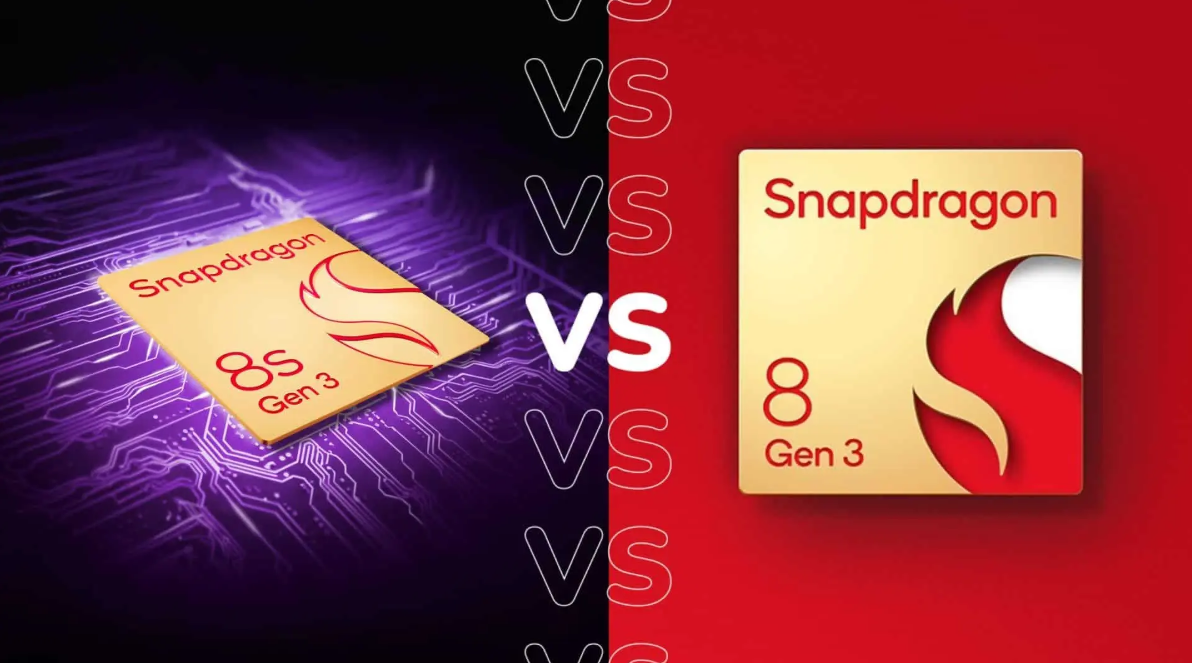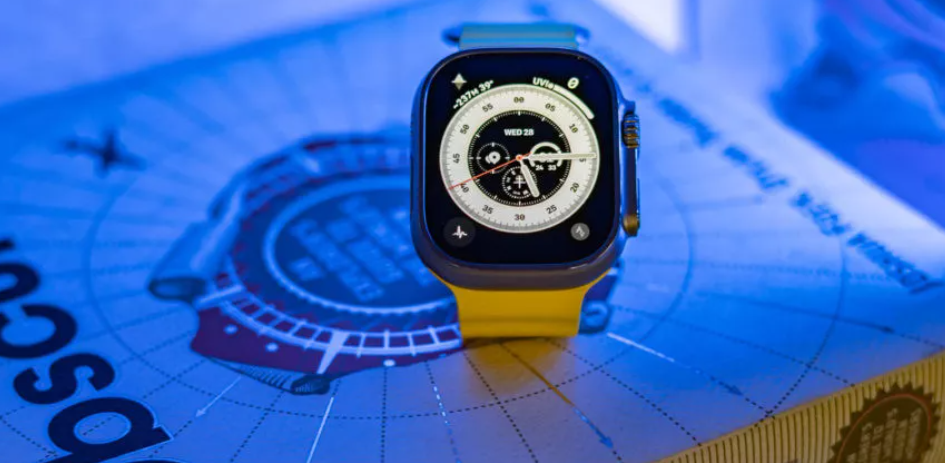Qualcomm, the undisputed king of mobile chipsets, has released another intriguing addition to its Snapdragon 8 series – the Snapdragon 8s Gen 3. This new chipset presents a fascinating dilemma for techies and consumers: is it a genuine upgrade over the already impressive Snapdragon 8 Gen 3, or a clever cost-cutting alternative?
We’ll dive deep into a comprehensive comparison of the Snapdragon 8s Gen 3 and 8 Gen 3. We’ll dissect their technical specifications, performance benchmarks, and real-world use cases to answer the burning question: Which chip is right for your next smartphone?

Key Differences: CPU and GPU
Let’s begin our analysis with the heart and soul of these chipsets – the CPU (central processing unit) and GPU (graphics processing unit).
- CPU: The Snapdragon 8s Gen 3 sports a slightly downgraded CPU compared to the 8 Gen 3. Specifically, the clock speeds of the cores have been reduced. This means tasks that require raw processing power might see a slight decrease in speed on the 8s Gen 3.
- GPU: The GPU in the Snapdragon 8s Gen 3 also takes a step back. While capable it does miss out on some cutting-edge gaming features present in the 8 Gen 3. Think of things like hardware-accelerated ray tracing for realistic lighting effects.
Understanding the Implications: Performance
So, do these slightly dialed-back specs translate to a noticeable performance dip in real-world use? For the vast majority of smartphone tasks, the answer is likely no. Both the Snapdragon 8s Gen 3 and 8 Gen 3 are absolute powerhouses. Your social media, web browsing, and productivity apps will run buttery smooth on both chipsets.
Where you might start to see a difference is if you’re a hardcore gamer pushing the latest, graphically demanding mobile titles to their absolute limits. With its more robust GPU, the Snapdragon 8 Gen 3 will hold a slight advantage in maximum frame rates and cutting-edge visual effects.
Snapdragon 8s Gen 3 vs 8 Gen 3: Other Notable Differences
- Video Recording: The Snapdragon 8s Gen 3 maxes out at 4K HDR video recording at 60 fps, whereas the 8 Gen 3 goes the extra mile with 8K HDR recording at 30 fps. Again, unless you’re specifically aiming for an 8K video, this is unlikely to be a major deciding factor.
- 5G Modem: The Snapdragon 8s Gen 3 utilizes the older Snapdragon X70 5G modem, which was first introduced with the Snapdragon 8 Gen 2. In some scenarios, this might translate into slightly lower theoretical peak 5G speeds than the newer modem in the 8 Gen 3.
The Target Audience: It’s About Price
By now, you’re probably getting a picture of what the 8s Gen 3 is all about. It’s not aiming to topple its bigger brother in sheer performance. Qualcomm’s strategy is to offer a “flagship-lite” experience at a more attractive price point for smartphone manufacturers.
Devices powered by the Snapdragon 8s Gen 3 should theoretically be more affordable than those with the Snapdragon 8 Gen 3. This opens the door to flagship-level features and smooth performance reaching a wider range of consumers.
So, Which Snapdragon Should You Choose?
The ultimate choice between the Snapdragon 8s Gen 3 and Snapdragon 8 Gen 3 rests on your priorities and budget:
- Maximum Performance, No Compromises: If you want the absolute best performance, and cutting-edge gaming features, and you’re willing to pay a premium, then the Snapdragon 8 Gen 3 is the clear winner.
- Flagship Experience, Tighter Budget: If you want a powerful smartphone that delivers where it matters
Benchmarks and Real-world Comparisons
While technical specifications give us a good starting point, let’s dive into some benchmarks and real-world comparisons to see how these chipsets stack up:
- Geekbench: Geekbench is a popular synthetic benchmark that measures CPU performance. Expect the Snapdragon 8 Gen 3 to hold a slight advantage over the 8s Gen 3 in both single-core and multi-core scores.
- AnTuTu: AnTuTu is a more comprehensive benchmark that evaluates CPU, GPU, memory, and user experience. Again, expect a performance edge for the Snapdragon 8 Gen 3 due to its more powerful GPU.
- Gaming: In demanding mobile games, the Snapdragon 8 Gen 3 will likely exhibit higher frame rates, especially at maximum graphics settings. It might also support certain advanced visual features that the 8s Gen 3 can’t handle.
- Day-to-Day Use: In everyday browsing, social media, and light productivity tasks, don’t expect to notice a substantial difference between the two chipsets.
Battery Life: A Potential Surprise?
One area where the 8s Gen 3 might surprise you is battery life. Due to its slightly lower clock speeds, it could potentially offer better power efficiency compared to the 8 Gen 3. Of course, real-world battery life depends on various factors like screen size, software optimization, and usage patterns.
The Future of “Almost Flagship” Chipsets
The release of the 8s Gen 3 highlights an interesting trend in the mobile chipset market. Manufacturers recognize the demand for devices offering a great user experience without breaking the bank. The “almost flagship” tier is becoming increasingly competitive with chips like the 8s Gen 3.
Conclusion: Snapdragon 8s Gen 3 vs 8 Gen 3
The Snapdragon 8s Gen 3 provides smartphone makers and consumers with a fantastic alternative. It delivers excellent performance and plenty of power, making it a strong contender if you’re looking for a new smartphone that blends strong capabilities with affordability.

